Job One: Ford Creates Special Group Tasked With Developing "Profitable, Competitive" Vehicles

Ford formed a team this week, called it the “Enterprise Product Line Management (EPLM) group,” and put it to work with the company’s marketing, engineering, mobility, and product development arms to overhaul the company’s product lineup. The goal is to study what customers want and use that information to build more profitable, competitive vehicles.
The team is split into ten smaller divisions that will focus their efforts on a specific model or product group — including everything from electric models to rugged off-roaders. However, EPLM won’t simply be responsible for their development — it’s also in charge of making sure customers are engaged with everything Ford offers, and that the products are brought to market swiftly, sell well, and remain profitable to manufacture. That’s a pretty full plate, if you ask us.
Ford’s profit margin for its global operations sank to less than 3 percent in the second quarter of this year, while North American margins slipped to 7.4 percent. Ford hopes to get a handle on that and raise its profit margin to 8 percent globally by 2020, with North American sitting pretty at 10 percent. EPLM is expected to be a large part of that process.
“Our most successful franchises — from F-150 to Mustang to Transit — are anchored in an obsession for the customer, deep product expertise and an unyielding commitment to strong returns,” explained Jim Farley, Ford president of global markets. “By taking this approach, we can raise the bar across our product lines. Each team will have clear accountability for winning in the marketplace and delivering profitable growth.”
Headed by Jim Baumbick (pictured), vice president of EPLM, the ten teams will be responsible for Ford’s F-Series, urban utilities, rugged utilities, family utilities, performance vehicles, commercial vehicles, electric vehicles, compact trucks, luxury vehicles, and emerging market vehicles. And those people will be incredibly busy, as the automaker intends to increase its number of nameplates by 2023. In doing so, Ford wants to possess the most new models of any manufacturer — targeting an average vehicle age of 3.3 years for its future fleet.
However, those models will also serve as a precision strike, focusing on the kind of vehicles people are most likely to buy as Ford goes about culling sedans and hatchbacks from its lineup. It places a lot of pressure on Enterprise Product Line Management, as any failures stemming from the strategy could be placed directly upon its shoulders.
[Image: Ford Motor Co.]

A staunch consumer advocate tracking industry trends and regulation. Before joining TTAC, Matt spent a decade working for marketing and research firms based in NYC. Clients included several of the world’s largest automakers, global tire brands, and aftermarket part suppliers. Dissatisfied with the corporate world and resentful of having to wear suits everyday, he pivoted to writing about cars. Since then, that man has become an ardent supporter of the right-to-repair movement, been interviewed on the auto industry by national radio broadcasts, driven more rental cars than anyone ever should, participated in amateur rallying events, and received the requisite minimum training as sanctioned by the SCCA. Handy with a wrench, Matt grew up surrounded by Detroit auto workers and managed to get a pizza delivery job before he was legally eligible. He later found himself driving box trucks through Manhattan, guaranteeing future sympathy for actual truckers. He continues to conduct research pertaining to the automotive sector as an independent contractor and has since moved back to his native Michigan, closer to where the cars are born. A contrarian, Matt claims to prefer understeer — stating that front and all-wheel drive vehicles cater best to his driving style.
More by Matt Posky
Latest Car Reviews
Read moreLatest Product Reviews
Read moreRecent Comments
- Dave Holzman My '08 Civic (stick, 159k on the clock) is my favorite car that I've ever owned. If I had to choose between the current Civic and Corolla, I'd test drive 'em (with stick), and see how they felt. But I'd be approaching this choice partial to the Civic. I would not want any sort of automatic transmission, or the turbo engine.
- Merc190 I would say Civic Si all the way if it still revved to 8300 rpm with no turbo. But nowadays I would pick the Corolla because I think they have a more clear idea on their respective models identity and mission. I also believe Toyota has a higher standard for quality.
- Dave Holzman I think we're mixing up a few things here. I won't swear to it, but I'd be damned surprised if they were putting fire retardant in the seats of any cars from the '50s, or even the '60s. I can't quite conjure up the new car smell of the '57 Chevy my parents bought on October 17th of that year... but I could do so--vividly--until the last five years or so. I loved that scent, and when I smelled it, I could see the snow on Hollis Street in Cambridge Mass, as one or the other parent got ready to drive me to nursery school, and I could remember staring up at the sky on Christmas Eve, 1957, wondering if I might see Santa Claus flying overhead in his sleigh. No, I don't think the fire retardant on the foam in the seats of 21st (and maybe late 20th) century cars has anything to do with new car smell. (That doesn't mean new car small lacked toxicity--it probably had some.)
- ToolGuy Is this a website or a podcast with homework? You want me to answer the QOTD before I listen to the podcast? Last time I worked on one of our vehicles (2010 RAV4 2.5L L4) was this past week -- replaced the right front passenger window regulator (only problem turned out to be two loose screws, but went ahead and installed the new part), replaced a bulb in the dash, finally ordered new upper dash finishers (non-OEM) because I cracked one of them ~2 years ago.Looked at the mileage (157K) and scratched my head and proactively ordered plugs, coils, PCV valve, air filter and a spare oil filter, plus a new oil filter housing (for the weirdo cartridge-type filter). Those might go in tomorrow. Is this interesting to you? It ain't that interesting to me. 😉The more intriguing part to me, is I have noticed some 'blowby' (but is it) when the oil filler cap is removed which I don't think was there before. But of course I'm old and forgetful. Is it worth doing a compression test? Leakdown test? Perhaps if a guy were already replacing the plugs...
- Crown No surprise there. The toxic chemical stew of outgassing.
















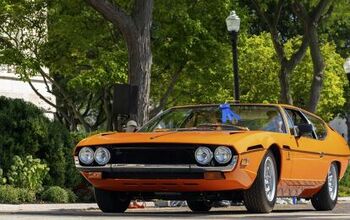
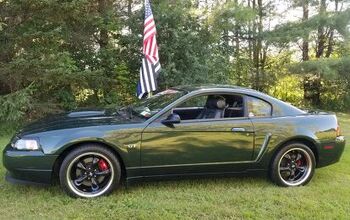

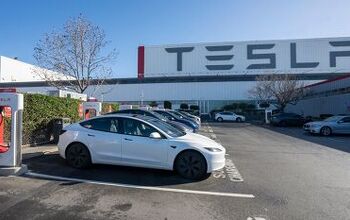
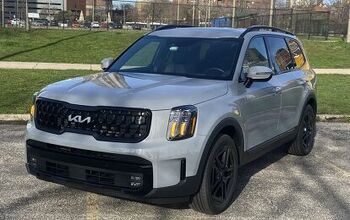
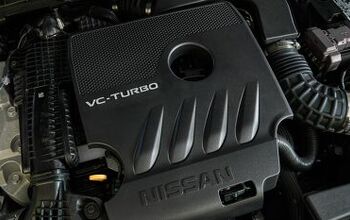
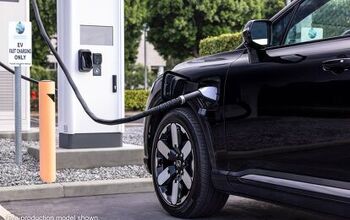
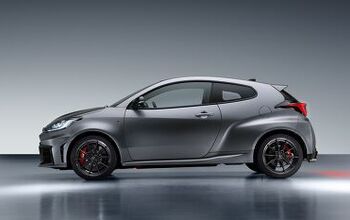

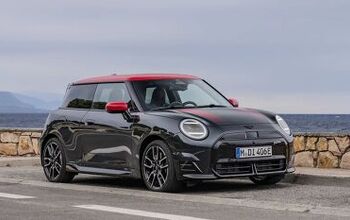
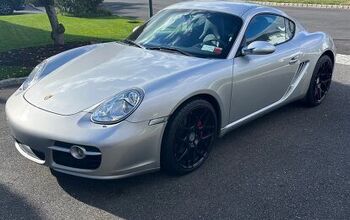
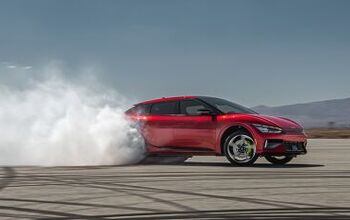

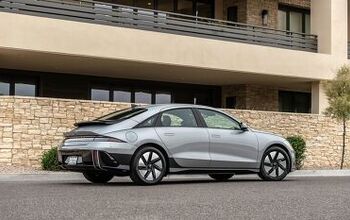
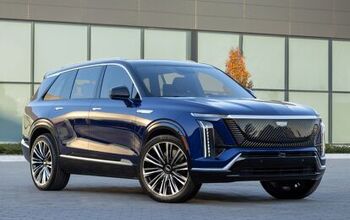
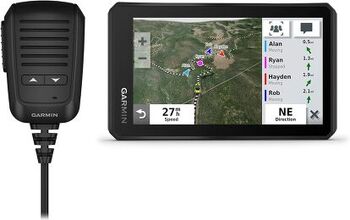
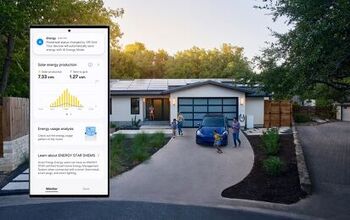

Comments
Join the conversation
The answer is not an ever-expanding line-up. The answer is identifying what your core products are and being committed to constant improvement and predictably frequent generational updates. Too much product at Ford is left to wither on the vine and become grossly uncompetitive. Better to stop producing something entirely than let it limp along forever as a heavily incentivized joke, ruining your brand's reputation and resale value. They need to treat their entire line-up like they treat the F-150 - 100% commitment to it being the best vehicle in its class.
It sounds like two forces at work here: 1.) the demand by the short-term stockholders to put their interests above all else--to cut the development of all vehicles except those of the highest profitability (which cuts R&D costs significantly but puts long-term viability at risk--but before those chickens come home to roost, these stockholders have long since cashed out), and 2.) Ford is responding to President Trump's threats to Mexican imports (remember where the Fiesta, Focus and Fusion are made) by discontinuing, among others, the models that will face a huge price increase (either by the prospect of tariffs or by the need to manufacture them in the United States), making them price-uncompetitive. (The Taurus is already pretty much a marginal car, sold mostly to fleets.)